Teachers at crossroads: An analysis of practice and policy in India
In India, educational policies such as the Sarva Shiksha Abhiyan (SSA, 2001), the Right to Education Act (RTE, 2009), and the National Education Policy (NEP, 2020) have significantly influenced how teachers function.
Conception of what the role of teacher is, is very vital to how school education is shaped. While some teachers continue to use traditional craft-based methods, others follow standardized lesson plans with minimal professional autonomy, and an emerging group of technologists integrate research and technology into teaching.
Christopher Winch (2010) categorizes teachers into three primary roles: craft worker, executive technician, and technologist, each representing a different relationship between theory, practice, and professional autonomy.
Using these three categories, this essay explores how teacher identities differ regarding knowledge acquisition, learning methods, and classroom practices and analyzes their advantages and disadvantages in the Indian context.
1. The Teacher as a Craft Worker
A craft worker teacher acquires knowledge through experience, observation, and practice instead of formal training. They rely heavily on tacit knowledge (Polanyi, 1966), which means that much of what they know is internalized rather than explicitly articulated. Teaching is seen as a vocational occupation that is practice-based.
Shulman’s (1986) Pedagogical Content Knowledge (PCK) concept highlights how teachers integrate subject knowledge with effective teaching strategies. However, in the case of craft workers, PCK is developed informally through years of teaching experience rather than formal education. This model aligns with Oakeshott’s (1962) notion of practical knowledge which states that expertise is acquired through experience rather than formal instruction.
For example, many teachers in India who started teaching before formalized training programs became widespread often rely on traditional teaching methods using storytelling, folk narratives, and community engagement rather than structured pedagogical theories.
Many alternative schools believe that you need to be around children to become a teacher. By observing and interacting with them, you will be able to facilitate and teach them. They believe in experiential learning rather than theoretical and pedagogical learning.
Learning in this model occurs through mentorship and apprenticeship (Lave & Wenger, 1991). Their theory of Legitimate Peripheral Participation explains how novices gradually acquire expertise by observing and imitating seasoned practitioners. In traditional Indian education systems, gurukuls and madrasas operate on this model, where knowledge is passed down from master to apprentice.
Even in modern government schools, new teachers learn informally from senior colleagues, adapting strategies that have been successful in local classrooms. In alternative schools new joined facilitators co facilitate/ co teach with the senior facilitator and learn the teaching learning processes while observing and interacting with children.
However, this form of learning limits exposure to newer teaching methodologies, preventing the integration of evidence-based educational practices.
Teaching practice is intuitive, inherited, and individualistic. Teachers use strategies like common sense, phronesis to teach in the classroom. I see this happening in art classes such as music, dance, arts and crafts, cooking, etc. In schools, these subjects are experience-based, and not much emphasis is given to theoretical knowledge.
Craftworker teaching is flexible and context-driven. Lessons are designed and modified based on real-time classroom dynamics. The inference of bureaucrats is minimal, which allows creative and culturally embedded teaching methods. For example, a teacher in a tribal school may use folk stories to teach language and other subjects and modify ways of teaching according to the needs of the children in the class.
This type of practice involves a lot of prejudices and biases around learning, behaviors and motivation. Teachers pass on what they have experienced and inherited throughout the years which could be problematic at times.
DPEP (District Primary Education Programme, 1994–2002) encouraged decentralized teacher training, but many rural teachers continued working as craft workers due to insufficient training programs.
National Curriculum Framework (2005, 2022, 2023) sought to replace rote learning with constructivist approaches but many teachers remained resistant due to traditional teaching habits.
1.1: Advantages in the Indian Context
| Aspect | Description |
|---|---|
| Deep Cultural and Linguistic Relevance | Many Indian students particularly in rural areas speak multiple languages or dialects. Craft workers understand these variations and teach in ways that align with local cultures and traditions. Example: In tribal communities, teachers incorporate folk songs and oral traditions and different contextual teaching strategies into learning. |
| Flexibility and Adaptability | Unlike executive technicians, craft workers can modify lessons based on students’ needs rather than rigidly following a pre-set curriculum. |
| Stronger Community Relationships | Since these teachers often come from the communities they serve. Therefore, they can build stronger relationships with parents and mobilize local resources to enhance learning. |
1.2: Disadvantages in the Indian Context
| Aspect | Description |
|---|---|
| Lack of Exposure to Modern Pedagogical Research | Many craft worker teachers have limited knowledge of cognitive science, child psychology and instructional design (Shulman, 1986). Example: Some teachers continue using corporal punishment and a fearful environment for learning to take place because this is what they have experienced and learnt with experiences. Because they are unaware of more effective behavior management strategies. |
| Resistance to Change | Teachers relying on traditional methods may struggle to integrate technology, inquiry-based learning, or modern pedagogical techniques. Example: The National Curriculum Framework (2005) encouraged constructivist approaches, but many teachers continued with rote memorization. |
| Inconsistency in Teaching Quality | The quality of teaching depends entirely on individual teacher competence, leading to unequal learning outcomes across different schools as teacher craftsmanship is an inherited individual process. Example: A highly experienced craft worker teacher may be excellent while another with limited skills may fail to engage students effectively. Motivation of teaching and teacher’s learning expectations from their class might vary which makes it difficult for government, policy makers, school authorities to understand the learning gaps. |
2.Teacher as an Executive Technician
Executive technicians acquire knowledge through structured teacher training programs and follow pre-set lesson plans designed by policymakers. Their role is to implement the curriculum rather than create or innovate. They are policy implementers and executors instead of creators.
Foucault’s (1979) concept of governmentality where teachers are trained to function within state-controlled systems of knowledge production. Sayed and Sarangapani (2020) highlight that teacher training programs in South Asia are designed to produce technicians who implement pre-planned curricula rather than critically engage with them.
Example: Government primary school teachers under the Sarva Shiksha Abhiyan (SSA, 2001) follow strictly scripted lesson plans with minimal room for deviation.
Government curriculums like Adharshila, pre primary activity planners and even from grade 1 and 2 and for middle schools in some states provide day wise lesson plans and the process to execute it. Generally it is said that these lesson plans reduce the burden of teachers but at the same time it minimises teacher’s flexibility and autonomy in the class. Teachers are not trusted or seen as incapable enough in such settings.
Even private and some elite alternative schools ask teachers/facilitators to execute lesson plans as they include what to teach and how to teach, which makes it a very rigid environment for teachers, and they act as puppets of lesson plans.
Learning takes place through teacher training programs, professional development workshops and government-mandated courses. However, these trainings often focus on classroom management and compliance with assessment frameworks rather than pedagogical creativity. Here, teacher’s efficiency is evaluated on students’ performance where assessments are majorly data-driven, ignoring other factors affecting children’s learning.
The Right to Education Act (2009) introduced Teacher Eligibility Tests (TETs), reinforcing a standardized, executive technician role.
Private school chains (e.g., K-12 schools, EduTech startups) increasingly push for data-driven, performance-based teaching, reinforcing an executive technician model.
Such teaching practice involves following mandated procedures developed by empirical or scientific research. Teachers focus on achieving predefined goals and learning objectives and they do not get exposure to using their tacit and experiential knowledge because of rigid teaching-learning structures. For example, many non profit organisations who work with the government hire part time teachers who support government school teachers in school specially the schools where there is shortage of teachers. These part-time teachers are trained and given a curriculum and pre-defined assessment. They are generally not allowed to move beyond what is said to them in training. Such practices reduce teachers’ autonomy and freedom in teaching-learning, often affecting their motivation.
2.1: Advantages in the Indian Context
| Aspect | Description |
|---|---|
| Ensures Standardized Teaching Quality | Since all teachers follow the same curriculum, students receive a more uniform education across different schools. Example: The Right to Education Act (2009) ensured that all schools followed a common set of learning outcomes. |
| Easier Policy Implementation | Large-scale educational reforms are easier to implement when teachers follow a standardized approach for example, mission FLN. |
| Accountability and Performance Monitoring | Teachers are held accountable for student learning which ensures better monitoring of educational progress. Learning gaps can be detected more effectively |
2.2: Disadvantages in the Indian Context
| Aspect | Description |
|---|---|
| Limits Teacher Autonomy | Teachers cannot modify lesson plans based on classroom needs.Example: A teacher in a school cannot slow down the pace of instruction,even if students struggle. |
| Encourages Rote Learning | Standardized teaching often leads to memorization over conceptual understanding. Example: The Annual Status of Education Report (ASER) repeatedly finds that many Grade 5 students in India struggle with basic arithmetic, partly due to an overemphasis on textbook-driven learning. |
| High Teacher Burnout | Excessive monitoring, data collection, and evaluation pressure create stress among teachers. Example: Many teachers report spending more time on paperwork than on actual teaching. |
3. The Teacher as a Technologist
The technologist teacher integrates pedagogical research, technology, and student-centered methods into teaching. Their approach aligns with Vygotsky’s (1978) sociocultural theory, which emphasizes the role of technology and collaboration in learning. Continuous professional development (CPD), peer collaboration, and action research are essential for this model. Their knowledge emerges from empirical and action research and complex theories. They bring theory into practice.
Their learning is based on improving their teaching learning approaches through an understanding of the constraints of work in the classroom and through an ability to validate new approaches, techniques or tools through practice in realistic conditions.
These challenges emerge out of practice and then technologists adapt and improve their learning teaching approaches according to the time and learning needs of the class. These teachers also adopt their teaching strategies and resources according to the evolving learning needs such as digital tools. Such teachers design sustainable teaching learning models and maintain balance between tradition and innovation by understanding the contextual needs.
Teaching Educational graduate programs like B.el.ed emerged to make facilitators/ teachers as reflective practitioners where they can bring theory into practice and can modify their approach based on the need of the class which is theoretically informed.
NEP 2020 also promoted collaborative and activity and project based learning, including 21st century skills such as critical thinking, problem solving etc, emphasis on teaching in children’s first language and introducing large scale access through online learning platforms such as DIKSHA.
Many schools and teachers have incorporated AI driven personalised learning, flipped classrooms.
3.1: Advantages in the Indian Context
| Aspect | Description |
|---|---|
| Encourages Innovation and Creativity integrated with Tradition | Teachers can experiment with new teaching methods by making lessons more engaging and flexible and contextualising them according to children’s knowledge and needs. Example: NEP 2020 promotes multidisciplinary education and technology-integrated learning. |
| Supports 21st-Century Skills Development | Encourages critical thinking, problem-solving and digital literacy. |
| Blended Learning Expands Educational Access | Online learning platforms (e.g., DIKSHA, Byju’s, Unacademy) provide flexible learning opportunities. Modify Teaching Learning process on the basis of learning outcomes |
| Practice Phronesis | Combines situational wisdom with theoretical knowledge. For instance, adapting a behaviorist approach to classroom management while considering students’ emotional needs. |
3.2: Disadvantages in the Indian Context
| Aspect | Description |
|---|---|
| Widening Digital Divide | Many rural students lack access to digital infrastructure, creating educational inequalities. |
| High Training Costs | Many teachers cannot afford continuous upskilling programs. |
| Commonsense Pitfalls | Sedimented theories may perpetuate harmful norms (e.g., IQ-based tracking). |
| Ethical Dilemmas | Balancing efficiency (e.g., standardized testing) with holistic student development |
4. Resistance from Traditional Educators
| Aspect | Craft Worker | Executive technician | Technologist |
|---|---|---|---|
| Knowledge | Tacit, experienced based | Predefined, policy driven, implementers | Research and innovation and evidence based practice |
| Learning | Apprenticeship, hands on | Standardised curriculum, training programs | Continuous professional development |
| Practice | Autonomous, intuitive | Uniform, monitored | Adaptive, technology based |
| Advantages | Contextual expertise | Uniformity in policy execution at large scale | Supports effective teaching learning process and innovation |
| Disadvantages | Resistant to change | Limits teacher’s autonomy | Access barriers ( cost, infrastructure) |
| Examples | Alternative schools teaching | Day wise lesson plans for teachers to follow in various states | Teacher as reflective practitioners, Edutech adoption |
Conclusion
The Indian education system blends all three models, but policies since 2000 have increasingly pushed teachers into the executive technician role by emphasizing standardization and compliance over creativity. A balanced approach is necessary—one that preserves the contextual sensitivity of craft workers, the structured efficiency of technicians, and the research-driven adaptability of technologists, which NEP 2020 tries to envision.
Teaching is both art and science, and the teaching-learning process can be effective where it is designed by taking care of research and experience. Evidence-based research should help teachers create effective lesson plans.
References
- Winch, C. (2010). Dimensions of expertise: A conceptual exploration of vocational knowledge. Continuum
- Berliner, D. C. (1988). The development of expertise in pedagogy. American Association of Colleges for Teacher Education.
- Day, C., & Sachs, J. (2004). International Handbook on the Continuing Professional Development of Teachers. Open University Press.
- Foucault, M. (1979). Discipline and punish: The birth of the prison. Vintage.
- Lave, J., & Wenger, E. (1991). Situated learning: Legitimate peripheral participation. Cambridge University Press.
- Oakeshott, M. (1962). Rationalism in politics and other essays. Methuen.
- Polanyi, M. (1966). The tacit dimension. Routledge & Kegan Paul.
- Sayed, Y., & Sarangapani, P. (2020). Understanding teachers and teaching in South Asia: Synthesis of research evidence. In L. Tikly & A. M. Barrett (Eds.), Education quality and social justice in the Global South (pp. 187-206). Routledge.
- Shulman, L. S. (1986). Those who understand: Knowledge growth in teaching. Educational Researcher, 15(2), 4-14.
- Vygotsky, L. S. (1978). Mind in society: The development of higher psychological processes. Harvard University Press.
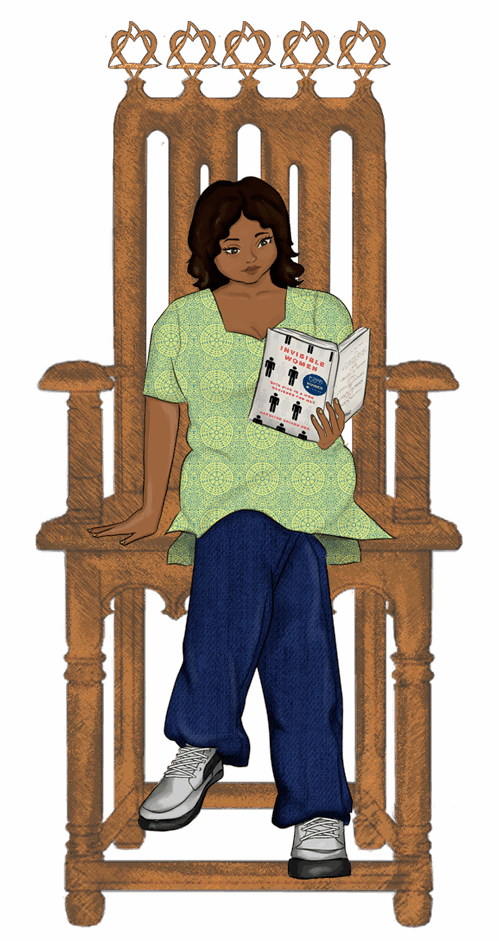
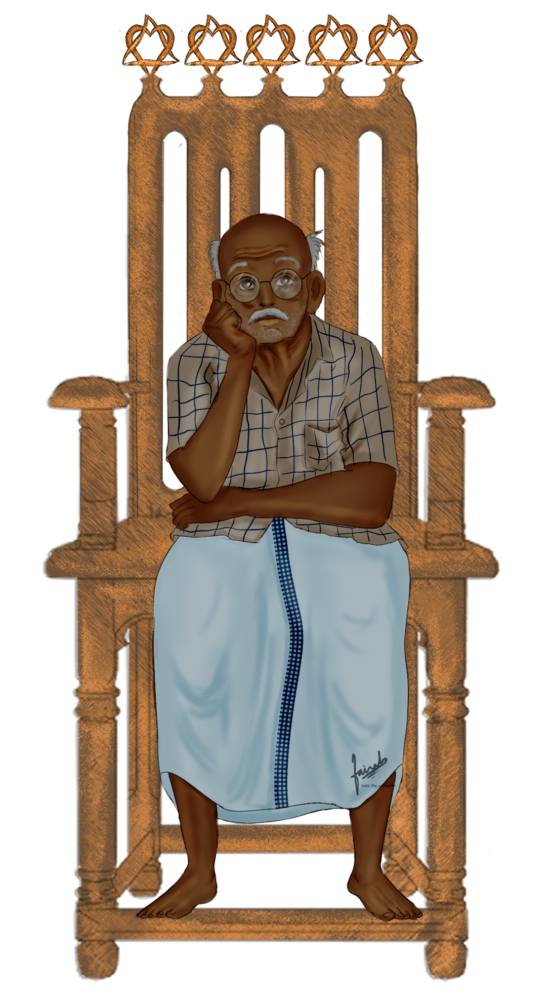
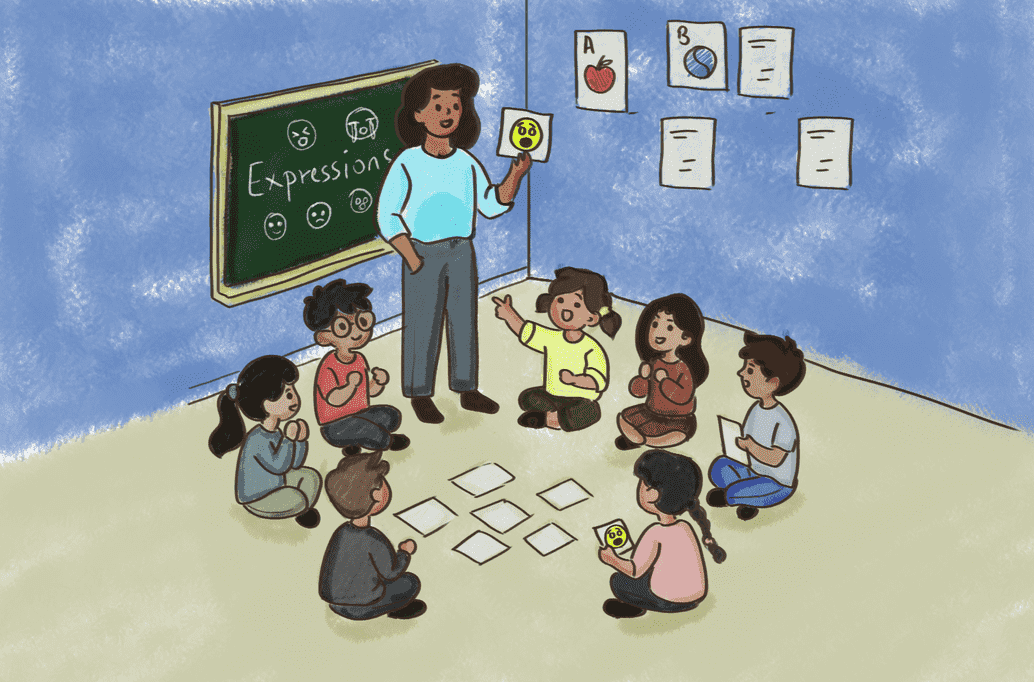
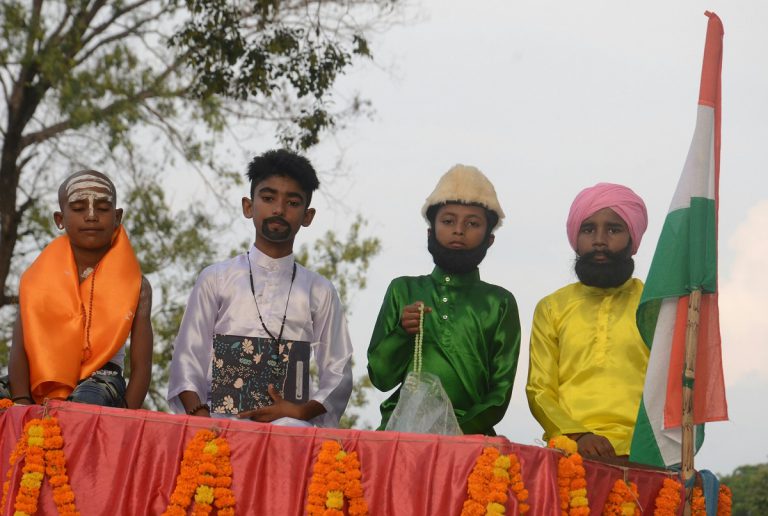
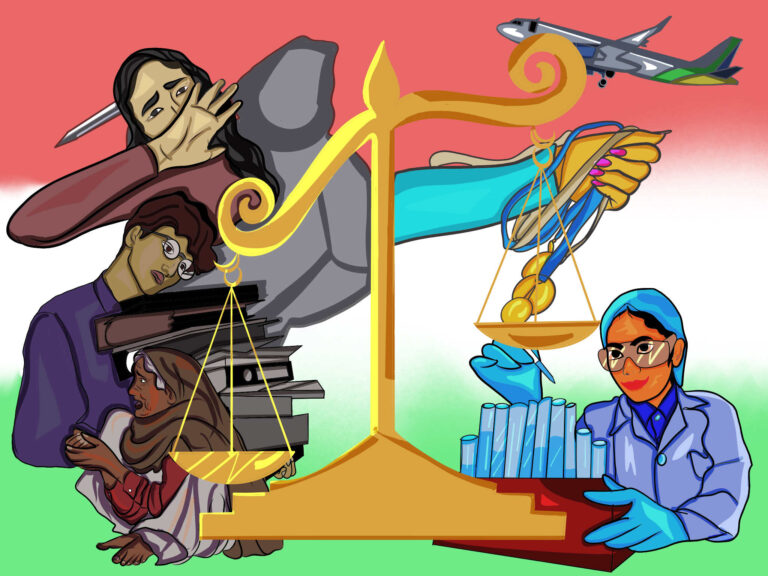
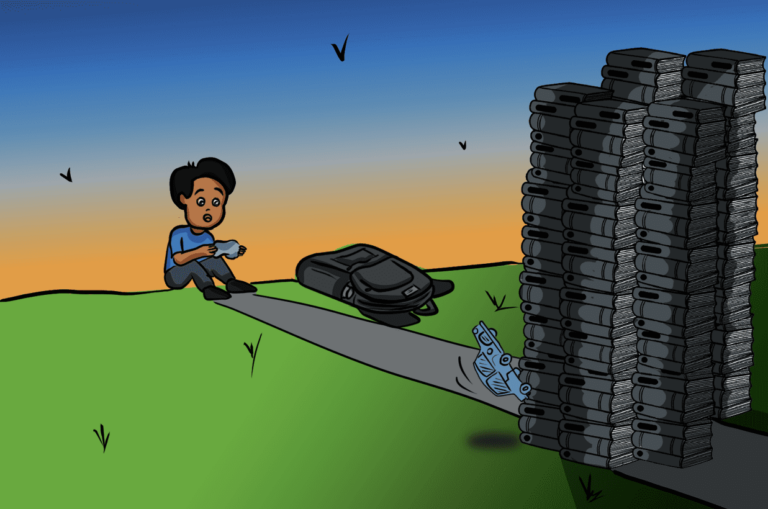


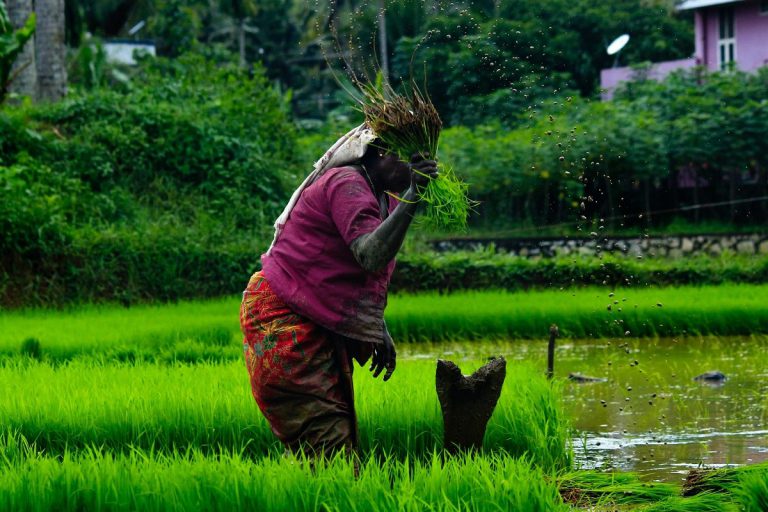
I really liked how well and descriptive this article is. Explains profession of a teacher perfectly in indian landscape. Enjoyed Reading it.
Very insightful Article 👏